7 Horrifying Realities Behind Every Glass of Milk You Drink

Milk. It's the creamy, white beverage we've all grown up with. From the moment we're born, it's touted as a source of strength, calcium, and all-around goodness. But what if everything you thought you knew about this seemingly innocent drink was a carefully constructed illusion? Prepare to have your dairy-loving world turned upside down as we delve into the unsettling realities behind every glass of milk.
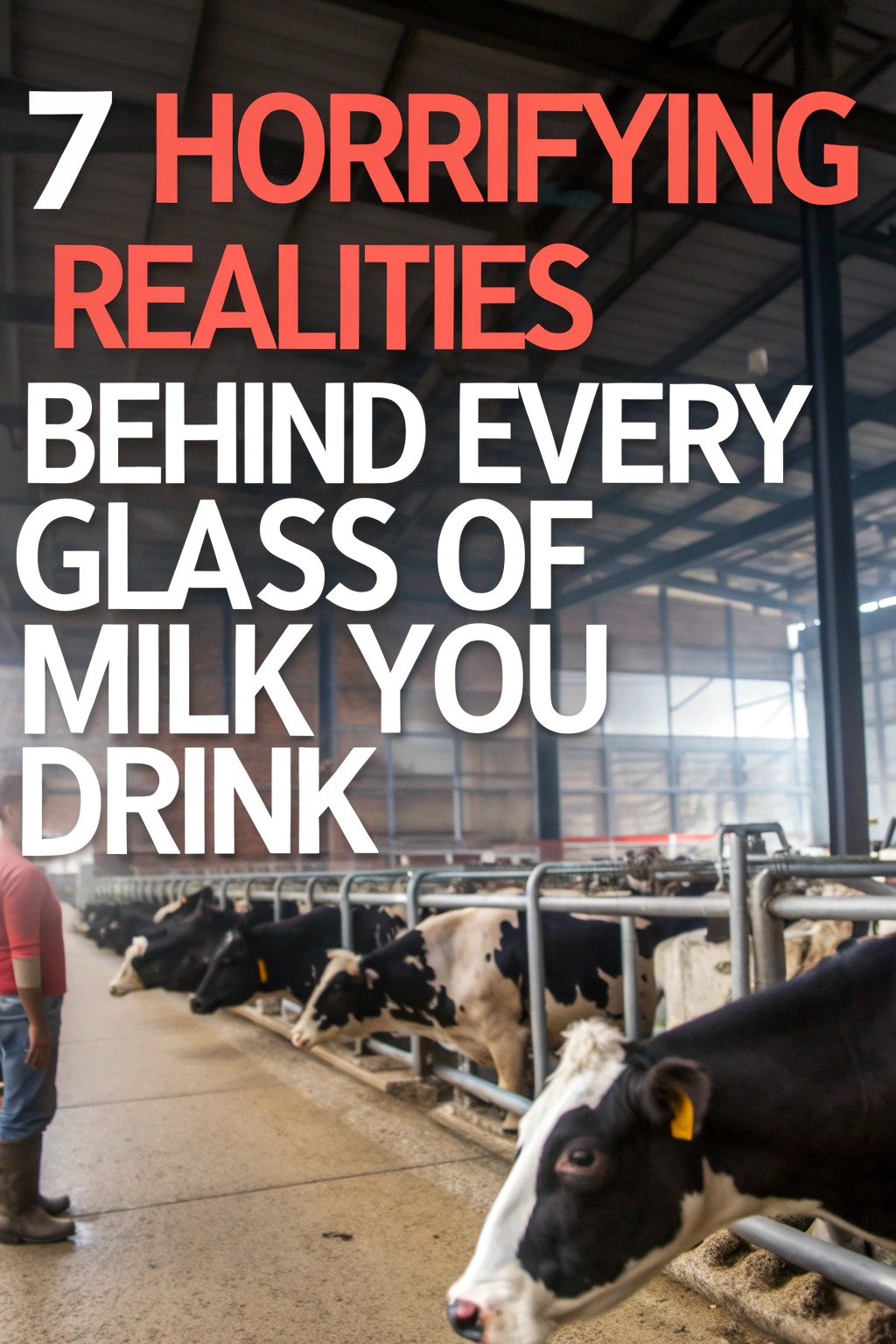
Strap yourselves in, because these facts might just make you rethink your next bowl of cereal. We're not here to vilify milk, but to shed light on the less-than-appetizing truths that often go unmentioned. Consider this your dairy wake-up call. Are you ready to face the udderly shocking truth?
Factory Farming Milk

The idyllic image of cows grazing peacefully on green pastures? Often, that's far from the truth. Most milk comes from factory farms where cows are kept in confined spaces, often standing on concrete and subjected to unnatural conditions. This stressful environment can lead to a host of health problems for the animals.
Traditional Milking Process
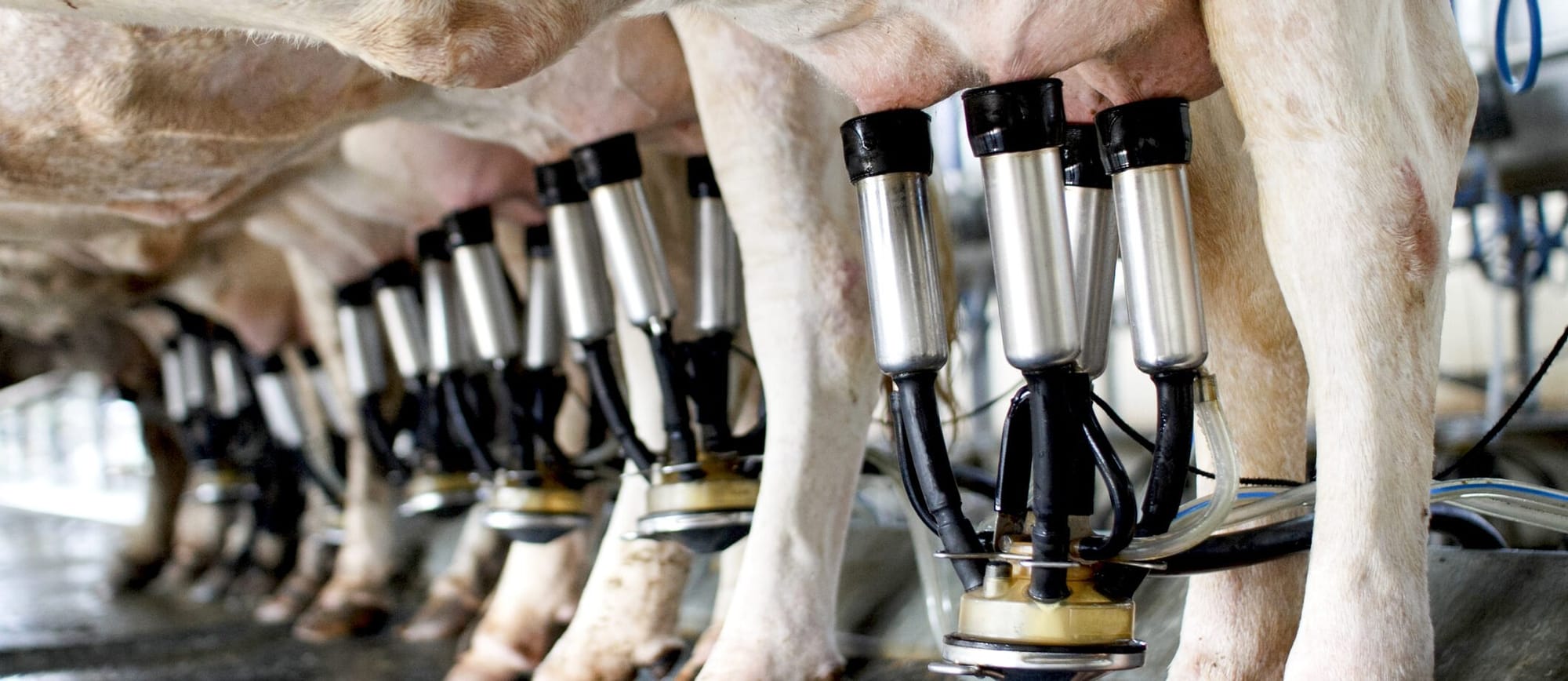
The process of milking, while automated in many large-scale farms, can still be physically taxing on cows. They are often milked multiple times a day, which can lead to discomfort and even mastitis, a painful udder infection. And what happens when milk production slows? Well...
Antibiotics in Milk
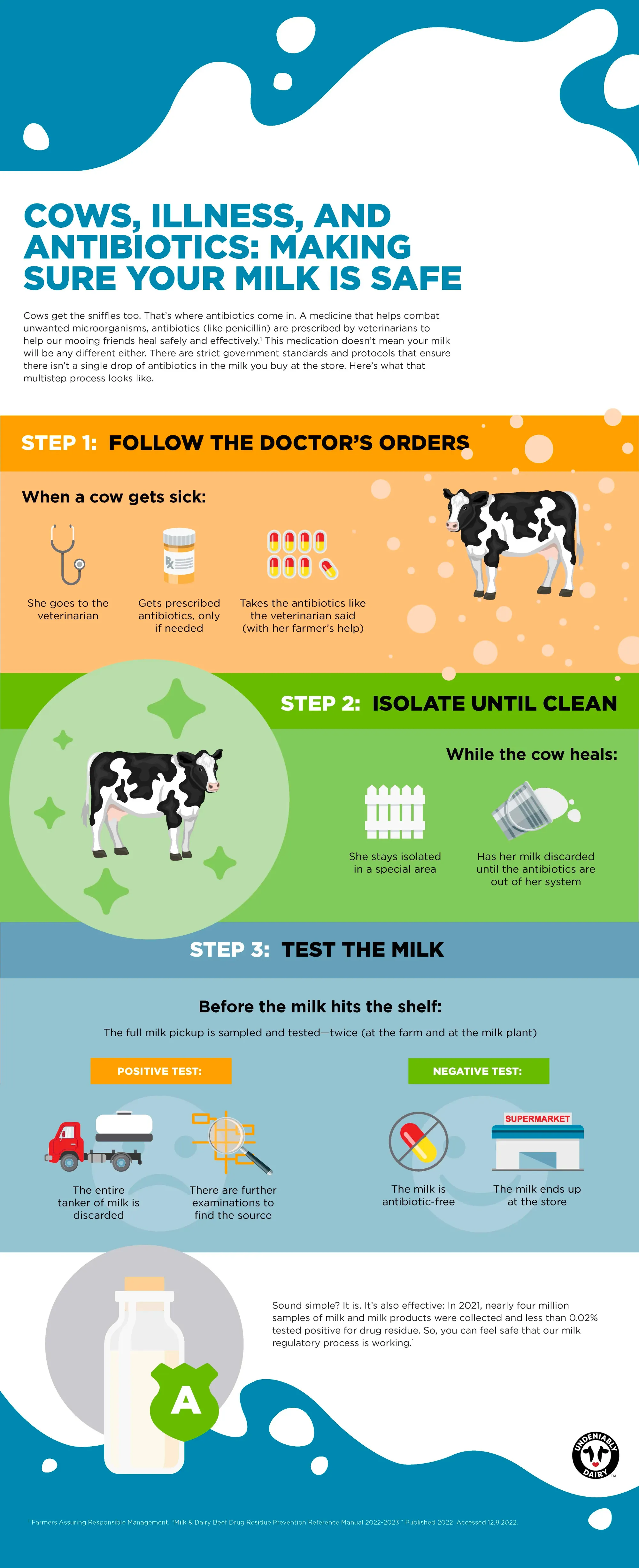
To combat infections common in factory farms, cows are often given antibiotics. While regulations exist to prevent antibiotic residue from ending up in the milk you drink, the overuse of these drugs contributes to the growing problem of antibiotic resistance, posing a threat to human health.
Added Hormone Milk
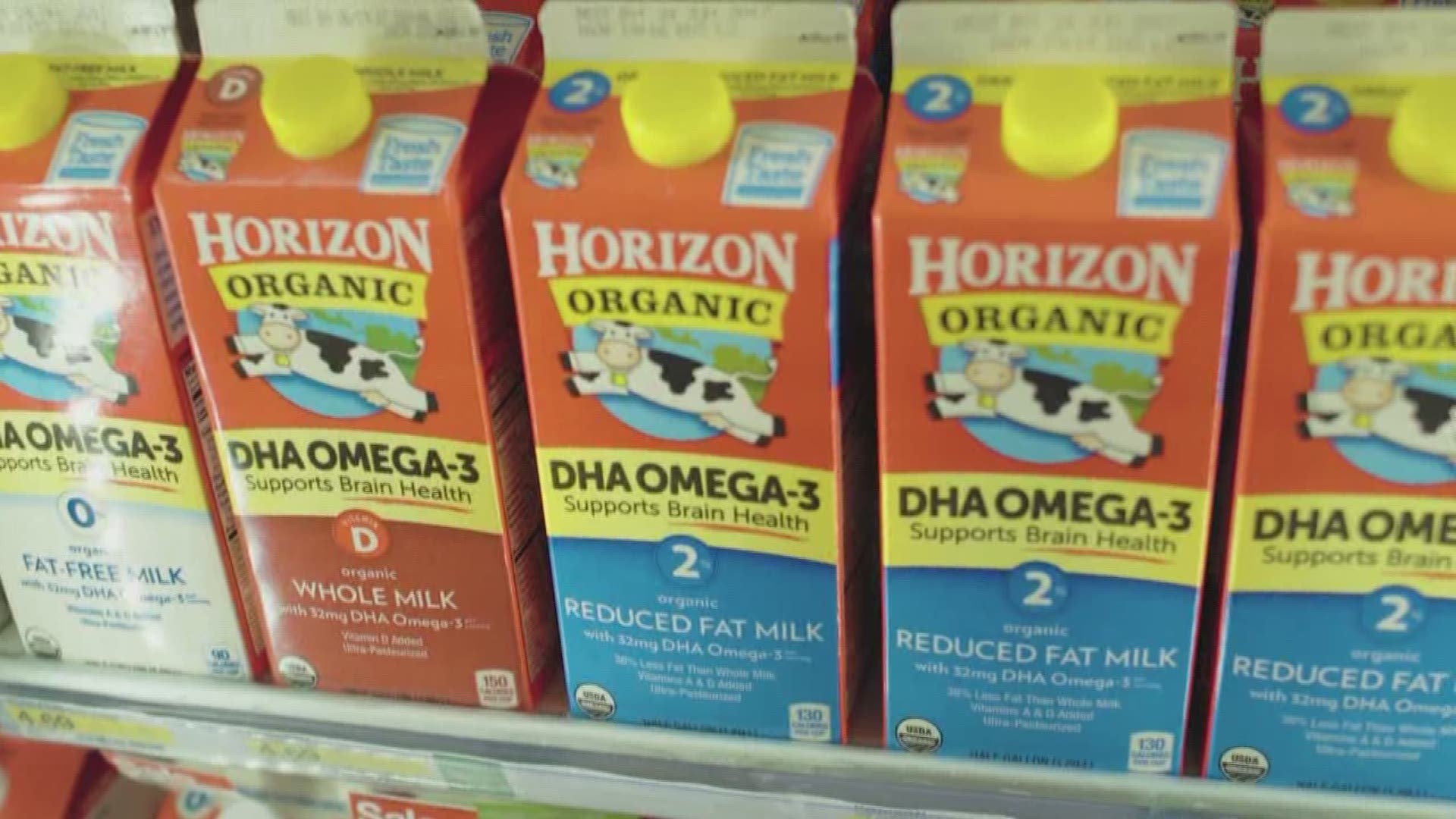
Some dairy farms use recombinant bovine growth hormone (rBGH) to increase milk production. While it's banned in many countries, it's still used in some regions. Concerns exist about the potential health risks associated with rBGH, including an increased risk of certain cancers.
Pastel Colored Milk
The pretty white color of milk isn't always natural. Some processing techniques can strip away vital nutrients, leading to a less vibrant color. To compensate, some manufacturers add artificial colors or vitamins to make the milk appear more appealing.
Minimalist Milk Packaging
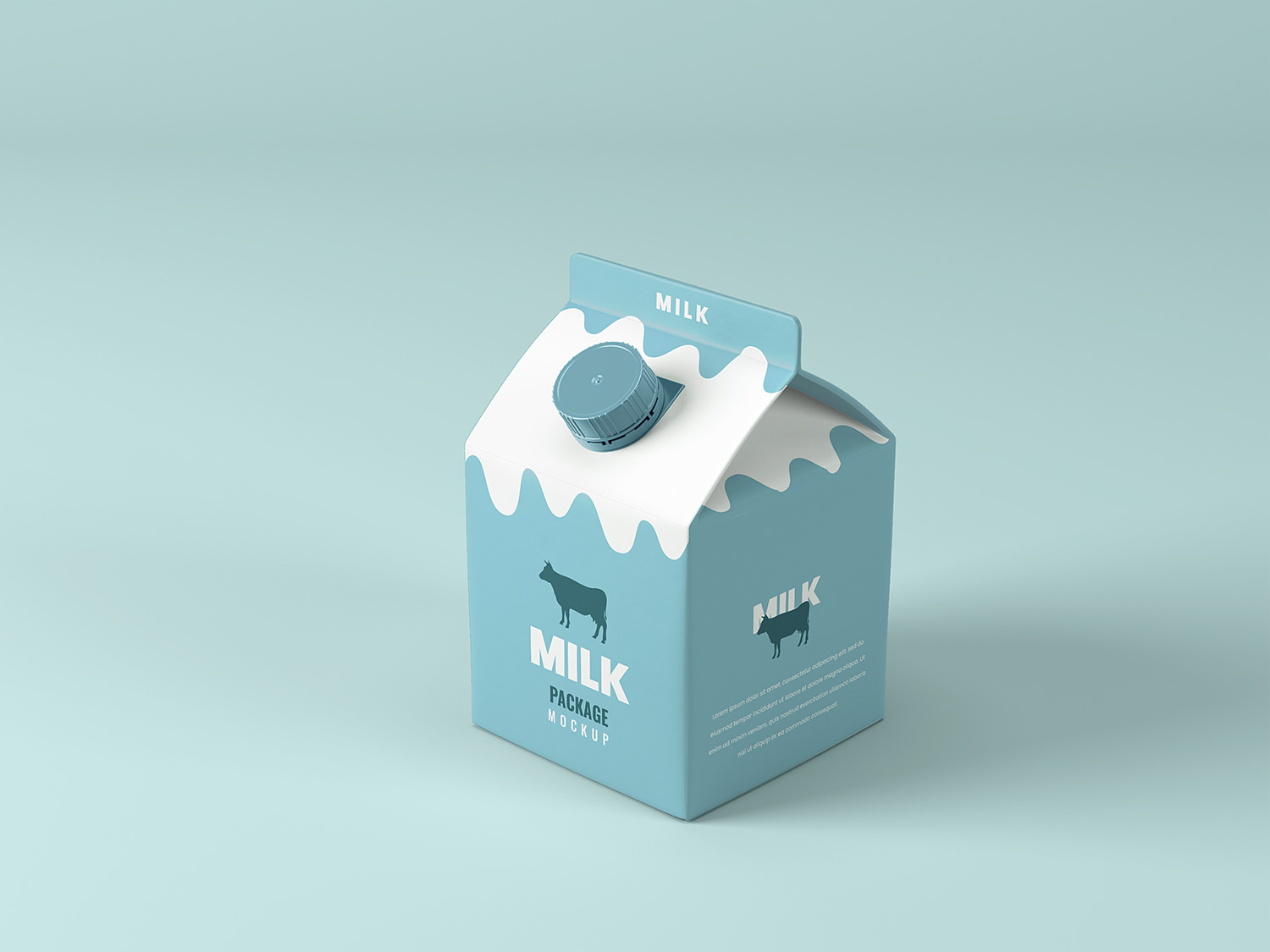
Those seemingly innocent cartons and jugs contribute significantly to plastic waste. While recycling efforts are in place, a large percentage of milk containers still end up in landfills, adding to environmental pollution. Consider alternative packaging or buying milk in reusable containers where available.
High Sugar Milkshake
Many flavored milk products, like chocolate or strawberry milk, are loaded with added sugars. While they might taste delicious, these sugary treats can contribute to weight gain, tooth decay, and other health problems. Opt for plain milk and add your own natural sweeteners if desired.




